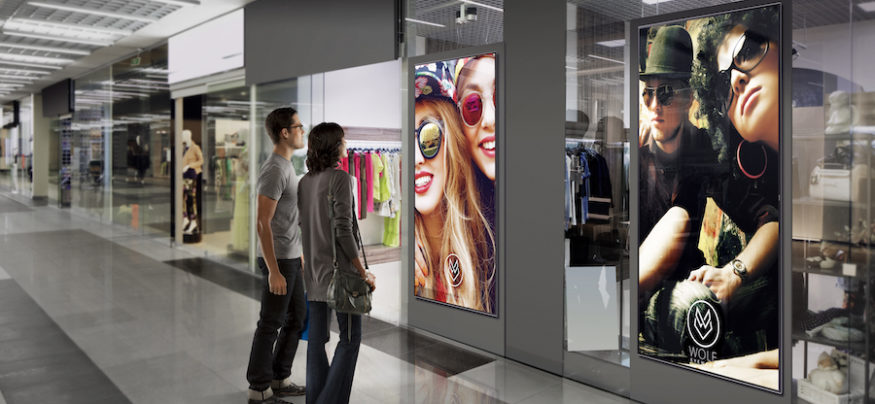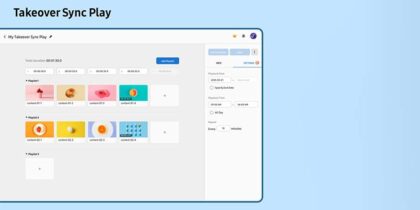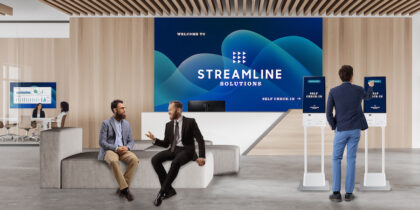In our conversations with brick-and-mortar retailer decision-makers, we’re hearing all the time how in-store experience is key to attracting shoppers to their physical spaces, instead of just shopping online. Retailers understand they need to design and deliver spaces, services and overall experiences that have consumers concluding the trip to the store was worth it.
Online shopping will almost always win on convenience, but brick-and-mortar can win on customer journey and experience. The consulting firm PWC did a massive, 15,000 person global study that found while most people consider customer experience an important factor in their purchasing decisions, less than half deliver it.
Great shopping experiences are influenced by a few factors. High Street Collective, an Atlanta-based retail tech consultancy, in its quarterly Retail Radar report, suggests some keys are: easy or frictionless payment options, readily-available store staff and hyper-relevant product choices.
How to Plan and Deploy LED Digital Signage
Discover the unique advantages of direct-view LED technology over traditional LCD displays. Download Now
Screens and IoT-driven data go right to the heart of that third one — relevance. Putting products and offers in front of shoppers that align with their interests, values, budgets and shopping patterns. That happens with responsive digital signage that makes the most of real-time data, sensors, and interconnected technologies.
Retail Intelligence
If you are going to this year’s annual National Retail Federation (NRF) trade show in New York, you’ll see scores of technology companies showcasing hardware, software and services designed to slow the online shopping surge and help physical retailers not only survive, but grow and thrive. Many of the exhibitors this year will show products they’ve developed, or activated through partnerships, that allow them to provide customers with rich analytics on what’s happening in stores, and tools to optimize selling.
So, how does this look in retail environments?
Sensors around stores can log and produce real-time information and insights on the characteristics and shopping patterns of store visitors. Using bluetooth beacon technology, sensors that anonymously track Wi-Fi roaming from smartphones, video cameras and other technologies, these retail analytics platforms can elevate the shopping experience in several ways:
· Develop profiles on the different types of shoppers visiting stores and then learn their visiting patterns
· Match shoppers to loyalty programs they’ve opted in on
· Trigger and show content on store signage based on these patterns and profiles, potentially down to specific shoppers
This is possible because of increasingly interconnected retail systems in stores. A camera can feed a signal from a section of a store into a device that can read the familiar geometry of human faces, and determine demographic information like age range and gender. That information can then trigger preset content playback conditions on a digital sign.
For example, a woman in her 20s might see promotional and branding messaging that’s been dynamically served based on what’s most relevant to her. When tied in with loyalty programs that log purchasing patterns, what’s served on the screen may be hyperrelevant.
This technology has already tested the waters in other industries. Artificial intelligence (AI) and machine learning are already being applied in the drive-thru lanes of fast food restaurant operators: cameras that scan license platesand match to an archive. Digital menu screens may then show past purchases made from that vehicle, triggering order suggestions.
When retailers and food services companies have a sense of their customers and buying habits, and can react as they change, they’ve got a better shot at selling more — because of that relevance.
Bigger, Crisper, Richer Canvases
Digital signage has been gaining popularity in retail as quality, and the variety of screen options, evolve.
Ultra HD 4K resolutions have graduated from emerging to mainstream display technology, and the deep pixel density of ultra-clear screens is now supplemented by High Dynamic Range (HDR) — technology that makes the darkest darks and whitest whites of content visible. This matters for brands, who expect the same level of clarity and detail in digital that they’ve had for many years on high quality print.
Walk the floor at NRF and you will see displays in different shapes and scales, with some specialty manufacturers making LCD and LED strips that line the front of display shelves and function both as digital price tags and promotion engines.
On the opposite end, direct view LED technology is increasingly finding its way into retail, with large-format displays becoming the entire feature walls inside stores, replacing backlit printed fabric displays, and on storefronts. Direct view has caught on as costs have dropped, resolutions have grown finer and the display modules have grown slimmer, lighter, more energy-efficient and easier to maintain and service.
LED display technology is still evolving, with new manufacturing processes dramatically increasing the density of LED light pixels per square inch. Samsung’s The Wall uses MicroLED display technology — direct view LED displays that rival conventional LCD displays for image quality. First unveiled in early 2018, Samsung highlighted a 219-inch wide version at CES this month to complement the original 146-inch version, as well as a 75-inch version aimed at luxury TV buyers.
The attraction of MicroLED, along with spectacular visuals, is the ability to tile as many seamless LED modules, in whatever shape required, to create a display canvas that can fill entire store and building lobby walls. We imagine the buzz over The Wall at CES in Vegas will continue throughout 2019.
Innovation Hub
NRF’s annual show is the largest of its kind, offering a first look at innovative new products and a platform for well-established companies to put their capabilities in front of retail decision-makers. The show has long included everything from payment systems to logistics, and digital signage now takes a place at the forefront of showcased technologies.
Customer experience is a big deal when consumers have choices that may be easier and more convenient, and display technology is a big part of making that happen.
If you are going to NRF, we’ll see you there!
Using displays to enhance the retail industry isn’t as difficult as it may sound. Learn more about deploying these technologies with this free white paper.








